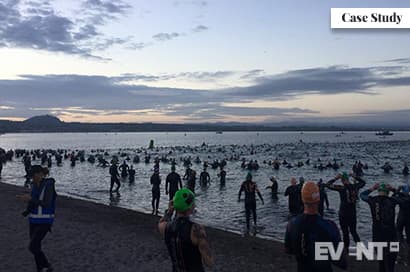This is a case study from Michael Walker, Marketing Manager, Blerter. More information about Event Manager Blog’s case studies.
The Event
An Ironman Triathlon is recognized as one of the toughest sporting challenges in the world. The race consists of a swim, cycle ride, and marathon. It must be tackled in this order, without a break and within a course-dependent time limit of 16 or 17 hours. Any participant who manages to finish the triathlon within the time constraints is designated an Ironman.
Ironman has a long and successful history in New Zealand. 2018 marks Ironman NZ’s 34th year and the 20th year it’s been running in Taupō. The Ironman 70.3 Event was also introduced in 2015.
Great Lake Taupō is a popular tourist destination, boasting the largest freshwater lake in Australasia and mountains made internationally famous after being featured in the Lord of The Rings trilogy. Competitors rave about the picturesque course.
The event has grown from 700-800 athletes in its first year to now over 2,000 athletes. There is also huge volunteer base of over 2,000 staff across the duration of the event and vast crowds come along to watch and support the athletes.
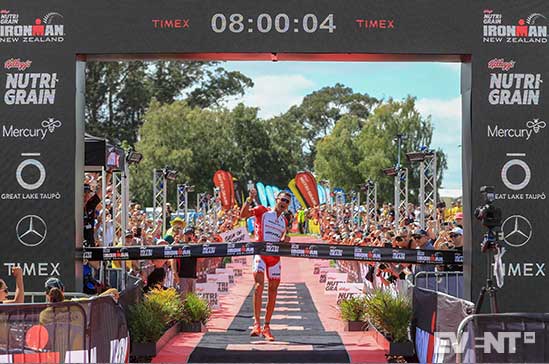

Quick Facts
- Ironman has a long history in New Zealand
- In Taupō, Ironman NZ holds two events each year:
- The Ironman 70.3 Event (Swim 1.9km, Bike 90km, Run 42.2km) in December
- The Full Ironman Event (Swim 3.8km, Bike 180km, Run 21.1km) in March
- The event has grown from 700-800 athletes in its first year to now over 2,000 athletes
- There is a huge volunteer base (2,000 + across the duration of the event)
- A vast supporter crowd turns out for the event
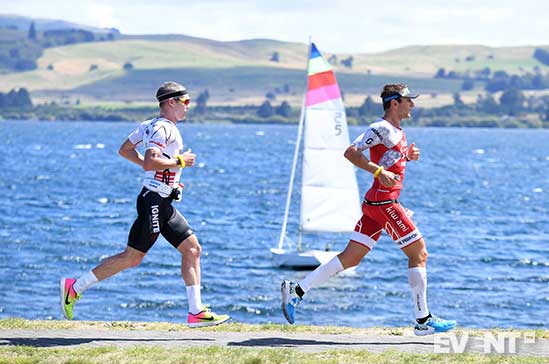

The Objectives
The NZ Ironman event objectives are:
To run highly successful Ironman events in Taupō.
To ensure everyone involved in the event, including athletes, volunteers, spectators, Ironman Team, vendors, etc. have a great experience, have fun and stay safe.
Provide an outstanding experience for all participants so that the Ironman Taupō events continue to be the most popular with athletes.
From an operations perspective, the objective is to achieve more effective communications between the Event Operations Center (EOC) and the mass volunteer and Marshall base, especially in regards to athlete movements. Ultimately, the aim is to improve the operational efficiency of the event, which in turn makes everyone’s experience of the event even better and helps achieve the first three objectives.
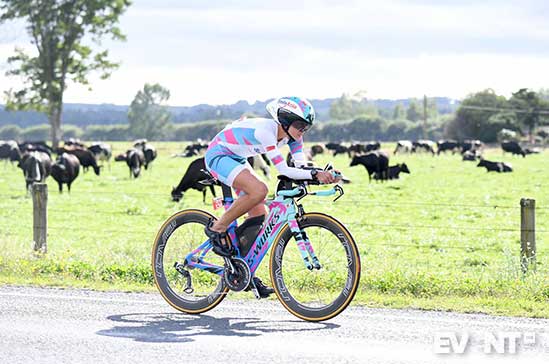

The Challenges
As every event planner will appreciate, running such a testing and long-duration event on this scale, covering such a large event footprint and involving such a large number of athletes, staff, volunteers, and spectators is a huge undertaking. Some of the most notable challenges of Ironman NZ include:
No easy way for the organizers to get information out to everyone quickly and in real-time
Previously, only about 40 people were on two-way radios. That meant only 40 pairs of eyes reporting back to the Event Operations Center about an event with over 2,000 athletes, thousands of spectators and a course over 40km long. With Blerter, the initial roll out was to connect 169 people from the event workforce. This provided many more eyes right across the event reporting back to the EOC, providing better visibility of the event as it unfolded and reporting any issues that arose so they could be dealt with efficiently. Due to the success of this initial test, the organizers were confident in rolling out access to every single member of the workforce for future events.
New Zealand is famous for its fast-changing weather so even if the forecast looks good beforehand, everyone needs to be ready for anything and able to respond quickly to changes in conditions. Having a tool to share clear instructions can be essential in these situations.
Crew and volunteers are limited by how they can communicate and report back to the event operations center
Volunteers and crew often have questions and information they need to share with the event management team. When relying on radio communication it can be hard to hear and there can be challenges around static and background noise making it hard to understand all the details.
In the past, methods of communication have sometimes resulted in delayed emergency responses because location or details about the injury or athlete weren’t clear. Sometimes the name of the person reporting an issue is missed or they get their location wrong. Also, the crew member who reported the incident via radio wasn’t always sure if it was being responded to, and couldn’t receive updates on how it was being resolved.
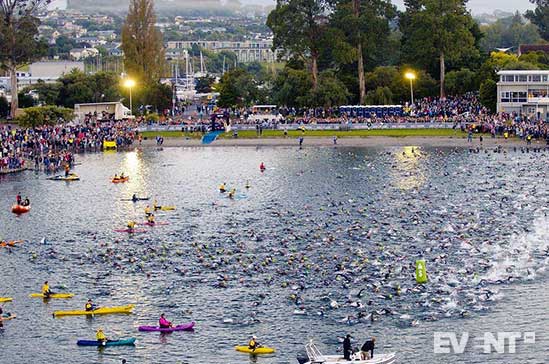

A lack of visibility into what is going on in all areas of the event and course
The event area is huge, meaning that there are too many ‘blind spots’ working across such a large event footprint. The bike course turnaround is 40km out of town so there are people (volunteers, crew members, and athletes) spread out over a very large geographic area. It’s really hard to keep an eye on everything and always know exactly what’s going on. It also means that in the unfortunate event of an emergency, it can be difficult to know exactly where it happens, the full context of the incident (i.e. how it happened), what help is required, and where exactly to send assistance to.
A lack of context around communications coming in
Messages can be difficult to respond to without knowing the bigger picture. There may be other factors which should be taken into account when responding to a situation. Having a whole-event view rather than a disjointed view of one single issue can be helpful in making better decisions.
For example, some of the roads are blocked off for traffic during the race, but others are open in some places so there is a chance of traffic on the course. This means traffic management is really important to keep everyone safe. Having up to date information about road closures means that alternative routes and diversions could be given.
Connecting and managing a large volunteering workforce across a large event area
Ironman has a long and successful history in New Zealand and the local Taupō community really get behind the event offering a lot of help and support. The event relies on large numbers of local volunteers (2,000+ over the race duration). These volunteers are amazing, highly motivated and very enthusiastic, but they are also mostly untrained. There is very little time and opportunity to communicate with them and train them before the event and sometimes their enthusiasm and passion can get in the way of keeping themselves and our athletes safe.
Volunteers and other crew members often have to make decisions in the moment on race day with limited information. Only a very small number of the workforce have two-way radios so many of them do not have a direct and fast way to communicate if they need help or have a question.
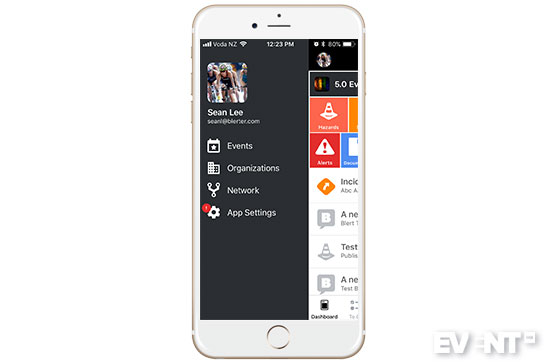

Why Blerter?
Ironman NZ chose to work with Blerter to overcome the challenges for this complex event. Blerter is a two-way communications and operations tool designed to help events run more smoothly, safely and efficiently. Working via an app, it offers real-time visibility to increase event efficiency and delivery and to improve incident response times. Volunteers and crew receive real-time updates and are given support when they need it.
For a closer overview of the features read Blerter: The Communications Tool to Run Smoother Events [Review].
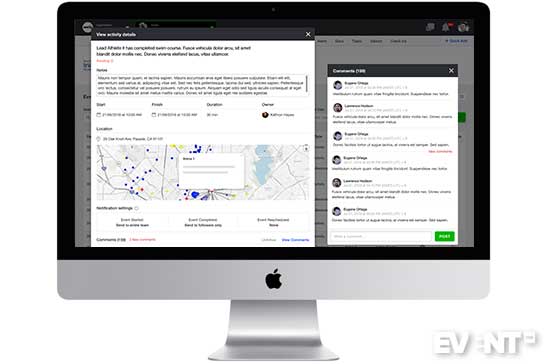

How Were the Objectives Achieved?
Adopting Blerter helped to improve communications right across the event, and connect crew, staff, suppliers, emergency services, and volunteers. Ironman NZ wanted a tool to ensure that everyone had visibility of what’s happening, could get answers and respond to incidents quickly. Using the technology helped teams communicate more effectively to enable better operational efficiency.
With only a short, 5-minute briefing, those using Blerter were confident to work with the tool. If and when they wanted support, had queries, or needed to report an incident, they could be supported in the best way to deal with the situation. Blerter gives a checklist to work through the process as specific incidents occur and the event organizers can respond to give further instructions and acknowledge that the incident is being dealt with.
Improved Event Communications
The Blerter app provided the entire workforce (staff, suppliers, volunteers) with one direct, monitored and recorded communications channel. This meant that the Events Operation Center could keep them all informed through the ‘Alert’ Feature. This gives the ability to send out mass communications to everyone or to a subset group based on role.
The workforce was also empowered to communicate in real-time using the ‘Blert’ feature. If they had any queries, changes to the run sheet or incidents that needed reporting they could reach out via the app so that everyone was fully informed.
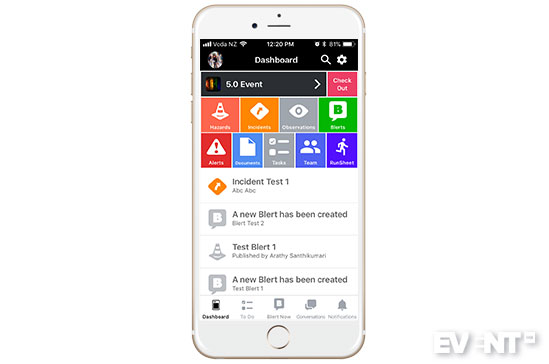

Running a Safe and Effective Event
Previously, only about 40 people were on two-way radios. That meant only 40 pairs of eyes reporting back to the Event Operations Center about an event with over 2,000 athletes, thousands of spectators and a course over 40km long. With Blerter, 169 people from the event workforce were connected, which provided many more eyes right across the event reporting back to the EOC, providing better visibility of the event as it unfolded and reporting any issues that arose so they could be dealt with efficiently.
Better Event Operational Efficiency
With the ‘Blert’ feature, communications come into the EOC reporting updates and incidents. This gave a lot more context for the overall event, monitoring all the communications coming in. When a crew member reported an issue, it automatically included their exact location using the geolocation technology. In the case of medical emergencies, the time saved knowing exactly where to send an ambulance increased efficiency and could potentially save lives.
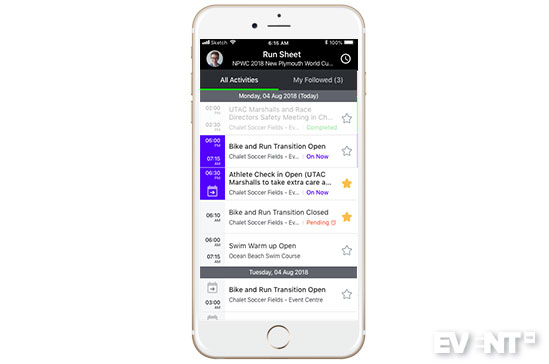

The Results
There were lots of benefits to Ironman NZ from using Blerter, including:
Monitoring and Reporting
The Ironman 70.3 Event and the Full Ironman Event are run on the same course, however, there are slight differences in the rules. In the 70.3 the athletes cannot have any external assistance throughout the race; this means no volunteers/crew/medical team can be in contact with the athletes, even through the transition stages. In the Full Ironman, the athletes can be assisted throughout the transition stages. Volunteers can assist them in getting changes, storing bikes, and so forth.
Communication is key to ensuring the rules are adhered to. Ironman events are very long and a lot happens during the day. It’s hard to keep track of absolutely everything, especially when several critical situations are unfolding at the same time. Using Blerter meant that crew and volunteers could report any athletes that were in difficulty or had injuries, which is useful in case of any incidents later in the competition.
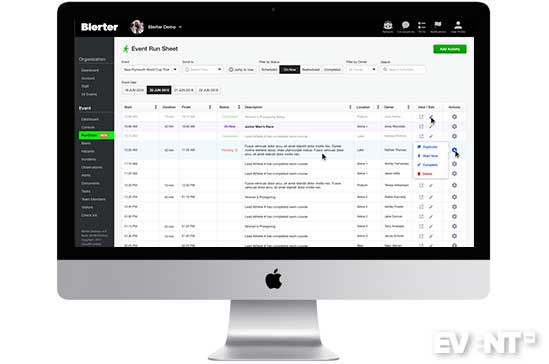

Fast Response To Incidents
Blerter gives an exact record of who reported what, when, and to whom, without having to transcribe radio/phone conversations. Access to this information made it so much easier to resolve incidents efficiently and refer back to them later on if needed.
At this event, there were 71 incidents that were recorded and managed through Blerter. For example, an unauthorized drone was over the event, and when a crew member reported it, the event manager could identify the exact location and deal with it immediately before it became a potential hazard for participants – preventing it from impacting anyone’s experience of the event.
A Successful Event and Fun and Safe Event Experience for All
As a result of using Blerter, volunteers were more informed and connected, meaning they had a better experience. The core crew had more information available to them to deal with tasks more efficiently and make their lives easier. The athletes and spectators enjoyed a well-run event, and any incidents could be dealt with efficiently and without delay.
Crowdsource Information to See the Bigger Picture
One of the biggest benefits of using Blerter was the ability to crowdsource information that the event operations team wouldn’t otherwise have had access to. Enabling simple communication, that’s recorded, and that can later be referred back to was really powerful for Ironman NZ.
Consolidating event-related information into one single source of truth gave a detailed record of the event, for assessing post-event, and to help with future improvements.
Now Ironman NZ have used Blerter it is difficult to imagine how they managed without the tool and they will be continuing to use the technology for future Ironman events and marathons. They have signed a four-year contract to use Blerter at every event, which includes their next World Championship in Taupo. Going forward they will roll out access to Blerter to more of the workforce at every event, for even greater benefits and and connectivity of up to 2,500 volunteers.
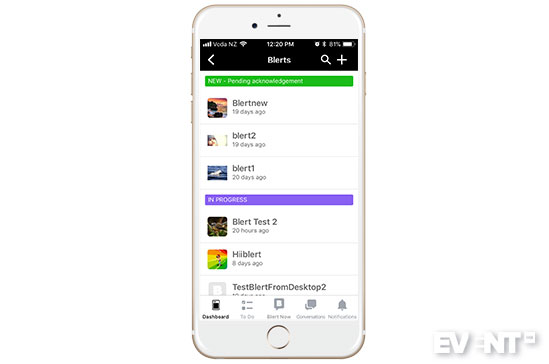

Takeaways for Event Planners
Information is power!
Access to the most up-to-date information for everyone involved in making your event a success can be the difference between an average and a truly amazing event. Modern technology gives the opportunity to share and access information faster than ever – so take advantage of that.
Communication is key before, during and after your event.
Before the event, it is important to communicate all the relevant information to everyone involved. During the event, make sure everyone has a quick and easy way to communicate with you. After the event, close the loop and follow-up with everyone involved. Technology can make communication with large teams much more efficient so there’s no reason not to have a robust communication system in place for your events.
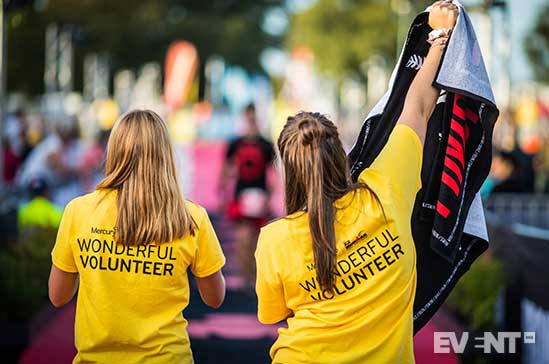

Events should be fun for everyone.
Events are all about creating amazing experiences for everyone involved – from participants to spectators to your crew. Even those who are working at the event still want to have an enjoyable time. Technology can be used to make everyone’s experience better and more engaging, including your crew. Happy workers are more efficient, reliable and are more likely to help out again. Think about how you can leverage technology to make their jobs easier and more engaging.
Have an implementation plan and discipline.
Selecting technology to help make your events better is the easy part. The hard part is rolling it out and making sure it’s used in a way that gives you and your team the most benefits. So, if you decide to implement new technology, make sure you have a robust implementation plan and are realistic about the time, effort and discipline required from everyone to bring it to life.


IN CONCLUSION
Ironman NZ and Blerter were a perfect partnership to streamline communications and operations for this complex and challenging event. The experience for crew, volunteers, athletes and spectators was improved and Blerter meant that any incidents could be dealt with quickly and efficiently. This case study is the perfect example of technology improving success and delivery and creating an enduring partnership for future events.

